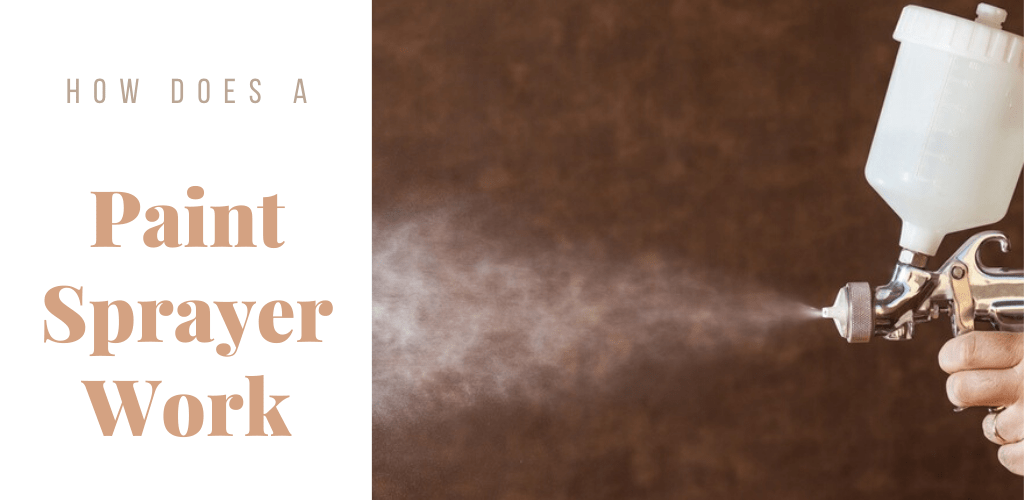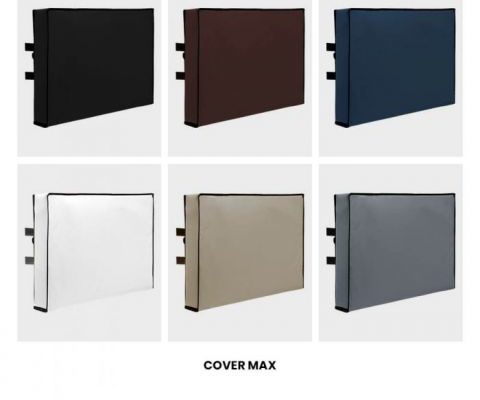Do you know what happens when you press the light switch? Surely you have only an approximate idea, but that does not prevent you from enjoying the light … The same goes for a paint gun, you don’t have to fully understand how it works to be able to enjoy all its advantages.
Therefore, although you do not fully understand its operation, and it is not necessary that you know and analyze all the parts that compose it, it is good that you know at least three of its parts.
Table of Contents
PAINT TANK
This is where you will put the paint. Some manufacturers call it “paint tank.” Depending on the surface you are going to paint it will be convenient for the tank to be larger or smaller so that you can finish the job, ideally without reloading and, in another case, with the least number of refills possible, since that will make you work more Quick.
They usually walk between 0.5 liters and 2 liters of capacity. Bigger is complicated because it would weigh a lot and would not be easy to handle and move.
FLOW REGULATOR
Thanks to this valve, you can easily regulate the amount of paint that will come out through the nozzle when you trigger the trigger. It is usually in the handle or trigger.
NOZZLE
It is the exit hole. Many guns will come with different nozzles with more or less large outlet holes so you can use them with different paints and viscosities. They also have several positions so you can work vertically, orizontally or obliquely.
This is one of the parts that may get clogged or clogged if traces of dry paint remain, so cleaning is important.
DIAGRAM OF THE PARTS OF A PAINTING GUN
The trigger of paint guns usually has two positions. If you press only the trigger a little, only air will come out. At that point it will become a little harder and, if we press harder, the paint will start to come out.
Paint Flow Regulator
In the back you will have a thread that will serve to regulate the paint. The more you squeeze it, the less paint will come out. The only thing that makes the thread limit the path of the garillo, making it come out more or less.
Fan Regulator
In quality guns, there will be another regulator that will vary the shape of the paint stream. Modifying this regulator will make the jet more round or elongated .
This is useful for superimposing the passes and not being noticed on the finished surface being completely homogeneous, which would happen if the paint stream were round.
Sometimes we find paint guns that have a regulator to let more or less air pass .
This regulator is usually placed at the bottom of the gun, just where the air enters.
This regulator is more common in high-end guns.
Gun physics
A spray gun is based on the “ Venturi effect ”, which says something like that when an air flow passes through a narrowing duct, it generates a suction effect, which sucks the paint from the tank and atomizes or sprays it thanks to compressed air
The effect is called that because the Italian physicist Giovanni Battista Venturi (1746-1822) described it.
Basic operation
Once we have a full paint tank and have connected the gun to the tank entrance and the compressed air network, we press the trigger which, as we have said, has two positions.
When we squeeze it gently until the first stop, move the rod, open the air duct, which goes to the spray zone, leaving through the bushing.
At this time, the air velocity is not yet sufficient for the paint to come out, so we can regulate the pressure and direction of the air in the gun
When we pull the trigger a little more, until the end of its travel, the rod moves backwards, allowing the paint to pass.
The paint is dragged into the spray zone and the paint comes out.
Types of Paint Guns
As you know, there are several types of spray guns and can be classified depending on several factors. We will do a quick review on them.
According to the method by which they take the paint we can distinguish between airbrush guns and gravity guns.
SUCTION GUNS
Used with lighter paints since the tank is placed under the gun and rises to the sprayer by the effect of suction.
GRAVITY GUNS
The deposit, in this type of paint gun, is placed on the top of the gun, being gravity, due to the weight of the paint itself, which causes the paint to pass to the sprayer. This is why it is usually used with heavier guns.
Another distinction we can make is between electric guns and compressed air guns.
ELECTRIC PAINT GUNS
These guns are lighter and more manageable, which does not imply that they are more or less easy to handle than others, although they are the ones that have a simpler use.
These guns are available in several powers and flow rates of paint, which makes them suitable for any type of work depending on the needs of each.
This pump removes the paint from the reservoir at a lot of pressure so it is necessary to go through a pressure regulator to adjust it and be able to control the fogging of the paint.
We have to take into account that these guns reach 100 bars, getting flows that can reach 300gr. per minute, which makes it essential to work with gloves, jumpsuit, mask, glasses … since the paint could penetrate the skin.
They are the most used today. The gun with the nebulizer is connected to the reservoir and the compressor. The latter takes air from the room compresses it and sends it to the gun through a sleeve or hose.
The pressure is lower than in the case of gravity guns and is usually around 10 bar pressure. They are usually used to paint large surfaces.
If you want to know more, don’t forget to read our section: Types of Paint Guns . In it you will find a more detailed explanation of the different classifications of the types of paint guns that exist.











